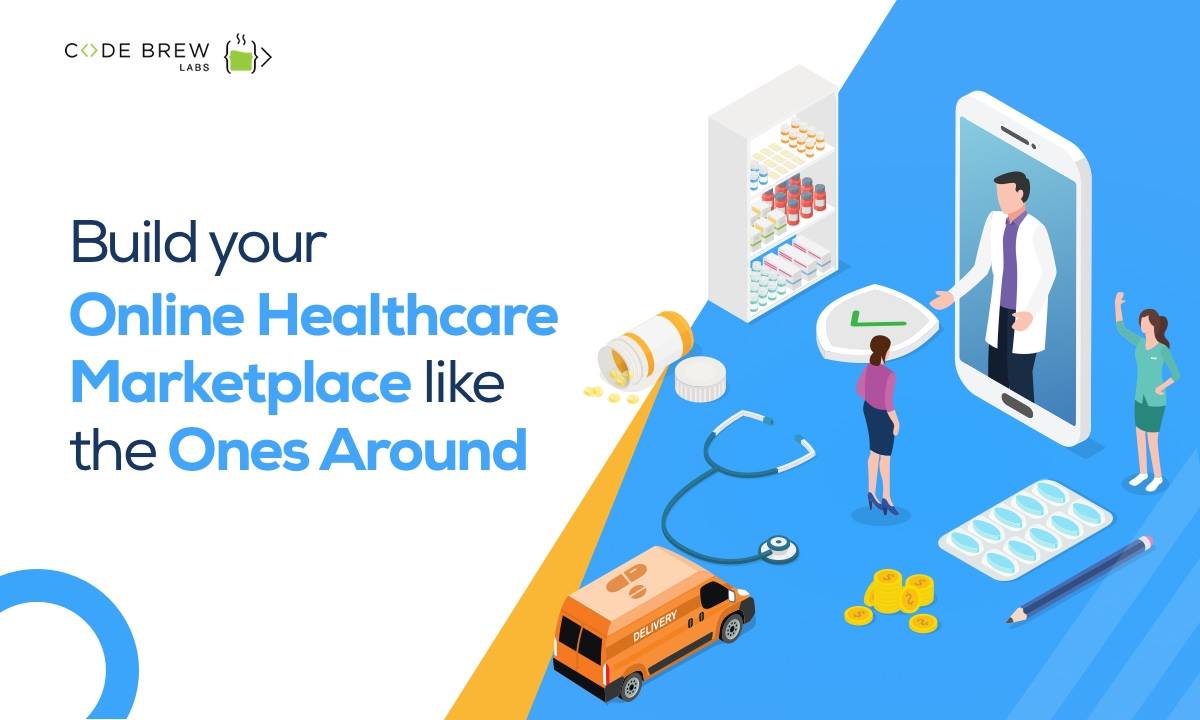The Future of Medication: Checking Out Subscription Based Healthcare Models
The Future of Medication: Checking Out Subscription Based Healthcare Models
Blog Article
The Rise of Subscription-Based Medical Care and Its Effect On Person Care
As healthcare progresses, the subscription-based model is getting grip, assuring to change person treatment by providing predictability and access. These versions, which bypass typical insurance coverage, might redefine the patient-doctor dynamic, highlighting individualized and precautionary care. As with any development, they present challenges, especially concerning equitable accessibility for all socioeconomic teams. The capacity for these versions to reshape health care distribution raises pushing questions about their lasting sustainability and inclusivity. Are these membership services the future of health care, or do they take the chance of leaving prone populations behind? The ins and outs of this shift warrant a closer exam.
Understanding Registration Health Care Designs
Comprehending the concept of membership medical care models involves examining a transformative approach to medical solutions that stresses cost and availability. These designs, typically described as direct main treatment (DPC) or concierge medicine, have arised as innovative options to conventional fee-for-service healthcare systems. Membership health care permits patients to pay a fixed monthly or yearly cost for a defined set of clinical solutions, which may include limitless office brows through, routine examinations, and standard laboratory tests, without the need for standard insurance coverage payment.
The framework of registration health care versions is made to streamline client care by getting rid of third-party payers and complicated invoicing codes, thereby decreasing management burdens. Doctor can concentrate a lot more on person care, promoting more powerful patient-provider partnerships. This model additionally promotes preventative treatment by urging normal gos to, as the monetary challenge of per-visit charges is removed.
The membership design commonly equips healthcare carriers to manage smaller person panels, enabling even more individualized treatment. It lines up financial rewards with client health and wellness outcomes, as suppliers are inspired to maintain person complete satisfaction and well-being. Overall, recognizing registration health care models requires identifying their prospective to improve exactly how treatment is delivered and accessed.
Advantages for Service Providers and patients

With a steady profits stream, health care specialists can dedicate even more time to each client, leading to a much more tailored and complete care experience. The emphasis on preventative care within subscription strategies can lead to far better individual outcomes and minimized long-term health care prices.
Concerns and difficulties
While subscription-based healthcare models existing numerous benefits, they likewise feature a set of obstacles and concerns that should be resolved. First, availability continues to be a considerable problem, as these versions typically target people that can afford monthly costs, possibly excluding low-income populations. This elevates moral inquiries about equitable access to health care solutions. Furthermore, the different nature of registration strategies can bring about complication amongst people pertaining to coverage specifics, possibly causing unmet expectations or inadequate care.
Financial sustainability of subscription-based designs is one more concern. Service providers should balance the set income from subscriptions with the variable prices of medical care solutions, which may rise and fall as a result of unanticipated clinical requirements. This can produce stress to restrict services or rise costs, potentially influencing client satisfaction and care high quality.
Additionally, regulatory oversight of subscription-based medical care designs is still progressing. The absence of standard frameworks can bring about irregular service top quality and responsibility, making complex initiatives to guarantee patient protection. The assimilation of innovation-- often a foundation of these versions-- elevates concerns concerning information about his privacy and safety and security, as delicate patient info could be at risk to violations. Addressing these challenges is vital for the fair and successful execution of subscription-based health care.
Effect On Patient-Doctor Relationships
One significant impact of subscription-based health care designs on patient-doctor connections is the capacity for improved continuity and customized care. By embracing a membership model, doctors can handle a smaller individual panel, allowing for more devoted time with each individual. This boosted availability fosters a deeper understanding of an individual's clinical background, way of life, and choices, enabling more customized treatment plans and interventions.

However, it is essential to identify that while subscription-based versions might benefit those that can afford them, they could accidentally expand health care differences. Individuals who are incapable to join these designs might experience lower accessibility to customized care, possibly impacting their relationships with doctor. Thus, while the subscription version uses promising benefits for patient-doctor partnerships, it also postures difficulties that need to be resolved to guarantee fair medical care accessibility.
Future of Medical Care Gain Access To

The duty of innovation can not be ignored in this makeover. Telemedicine systems and electronic wellness documents promote smooth communication between clients and doctor, damaging down logistical and geographical obstacles. Furthermore, advancements in synthetic intelligence and data analytics can better individualize healthcare by anticipating client demands and enhancing treatment strategies.
Nonetheless, the future of medical care gain access to likewise presents challenges, navigate to this site such as making certain equity throughout various socio-economic groups. Policymakers and doctor must team up to connect the digital divide, ensuring that subscription-based versions continue to be cost effective and inclusive. As these systems grow, they hold the assurance of making medical care much more available, efficient, and patient-centric.
Conclusion
Subscription-based medical care models are improving person care by giving a stable price structure and improving accessibility. These models reinforce patient-provider relationships via individualized care and normal check outs, stressing preventative health and wellness. Despite these benefits, obstacles such as ease of access concerns for low-income populations and the requirement for fair medical care options linger. The rise of subscription-based health care urges positive individual involvement, which has the potential to enhance person outcomes and complete satisfaction, indicating a transformative change in medical care distribution.
As healthcare evolves, the subscription-based model is acquiring traction, promising to change person treatment by using predictability and accessibility.Subscription-based healthcare designs provide distinct advantages for both people and carriers, boosting the general health care experience.As healthcare systems develop, the future of health care access regularly hinges on the integration of innovative versions and modern technologies.Subscription-based medical care models are reshaping informative post individual care by giving a secure expense structure and boosting access. The rise of subscription-based healthcare motivates aggressive patient involvement, which has the prospective to boost client outcomes and satisfaction, signifying a transformative shift in healthcare delivery.
Report this page